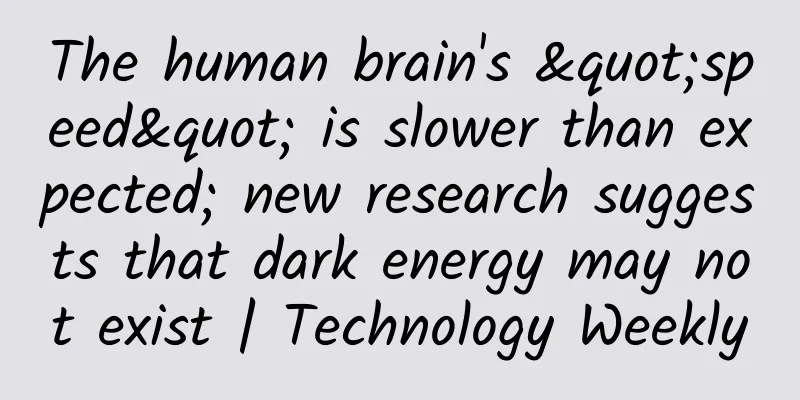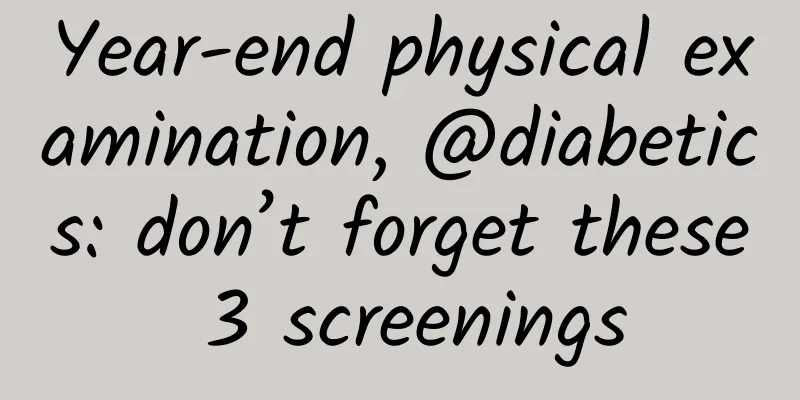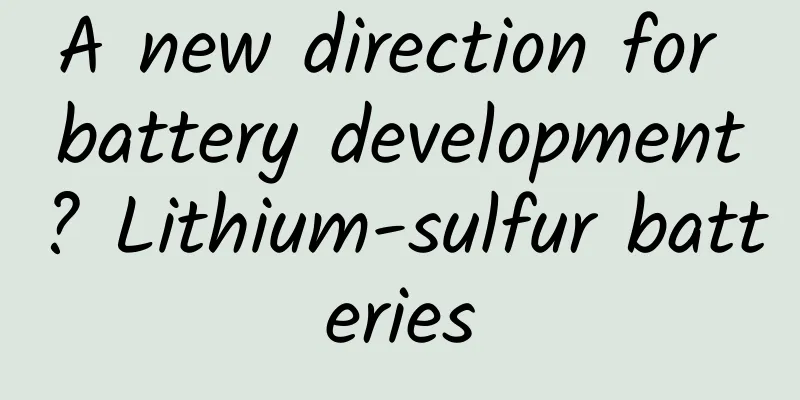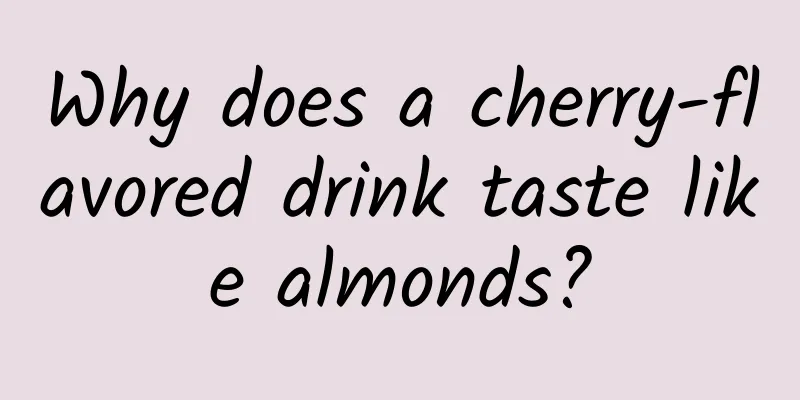The human brain's "speed" is slower than expected; new research suggests that dark energy may not exist | Technology Weekly

|
Compiled by Zhou Shuyi and Pingsheng Chimpanzees are smart, but some are especially smart Some chimpanzees are better than others at using tools to crack nuts, a finding published Dec. 23 in Nature Human Behaviour, which could suggest that even within the same chimpanzee group, there are measurable differences in cognitive and motor abilities. An adult female chimpanzee, Fanle, uses a stone hammer and a chopping board to hammer an oil palm fruit while her young son, Flanle, looks at the camera. | Tetsuro Matsuzawa Scientists view tool use as a key indicator of animal cognitive development. Previous studies have shown that some chimpanzees have learned to crack nuts with stones and eat the kernels. Are there differences in this ability to use tools among chimpanzees living in the same community? The researchers analyzed 3,882 video recordings of 21 wild chimpanzees aged 6 and over in Guinea Boso, Guinea, cracking nuts between 1992 and 2017, with a total recording time of more than 800 hours. The study set five criteria to measure the efficiency of chimpanzees' use of tools, including the time spent cracking nuts, the number of knocks on each nut, the success rate, the number of times the nuts were displaced by the knocks, and the number of times the chimpanzees changed stones (number of tool changes). They found that, except for the number of tool changes, the other four indicators had significant differences at the individual level. For example, some chimpanzees took twice as long to get nuts as other chimpanzees of the same age and gender. The study also found that as the chimpanzees age, these four indicators will gradually improve, up to the age of 11. The findings suggest that some chimpanzees may have better cognitive or motor abilities than others, but the researchers say further longitudinal studies are needed to understand the causes and consequences of these individual differences. How fast does the human brain "spin"? New research: 10 bits per second We often say that people with quick minds "think fast", but how fast is that exactly? An opinion article published on Neuron on December 17 quantified the speed of human thinking. The author believes that the "speed" of human brain thinking is actually only 10 bits per second. "How many binary decisions can you make in one second? We call this the information processing speed or throughput of human behavior, because it starts with sensory input and ends with motor output. You can think of a person as an information processing link and ask: 'What is the maximum rate at which a person can process information?'" said Markus Meister, a professor of biology at Caltech and an author of the paper. We think, process and make decisions at a speed of 10 bits per second. | J. Zheng In January 2023, an American youth named Tommy Cherry successfully solved a 3x3 Rubik's Cube blindly in 12.78 seconds, of which about 5.5 seconds were spent on prior observation. There are about 265 possible states of the Rubik's Cube, and Meister calculated that Cherry's information processing speed when observing the Rubik's Cube was about 11.8 bit/s. "It's too slow," Meister said. A bit is a binary digit, the smallest unit of information. In comparison, 10 Mbps broadband can transmit 10 million bits of data per second, and WiFi networks can reach speeds of up to 100 million bits per second. Based on the perspective of information theory, the author analyzed the information processing speed of various human behaviors, including reading, writing, playing video games, and memorizing numbers. "We found that in almost all behaviors, this number is surprisingly small." On the other hand, sensory systems, including vision and hearing, can collect information at a speed of about 1 billion bits per second, which is 100 million times the "rotation speed" of the brain. In other words, no matter how many senses there are, the brain can only "take a sip". Some people may question that it is the "hardware" such as language and finger movement speed that limits the expression of thoughts. American entrepreneur Elon Musk likens it to a "bandwidth problem". He imagines that this limitation can be removed through a revolutionary brain-computer interface, allowing thoughts to flow at high speed. But Meister's research found that the bottleneck is not in external physical conditions. In the early stages of perception, the rate at which information enters the brain is about 10 bits per second, which is the "speed" of human memory, decision-making and imagination. The study speculates that the above characteristics are inseparable from the physical world we live in. In the process of evolution, organisms mainly use the nervous system to navigate - to find food and avoid natural enemies. The evolutionary path determines that our brain is difficult to multitask, and can only slowly follow a "path" and think about one thing at a time. "Our ancestors chose an ecological niche, and the world runs slowly enough for us to survive. In fact, a speed of 10 bits per second is only required in the most extreme cases. Most of the time, the environment around us changes much more slowly." OpenAI releases new model o3, with test scores close to human level On December 20, local time, the last day of the 12-day online release event, OpenAI introduced its new generation of AI models - o3 and o3-mini. It is said that o3 has more advanced and human-like reasoning ability, and is better than the previous generation o1 in coding, math competitions, and mastering human doctoral-level scientific knowledge. The new model name skipped o2 to avoid a trademark conflict with British telecommunications company O2. It is reported that on CodeForces, the world's top programming competition platform, o3 scored as high as 2727, which is equivalent to ranking 175th in the global programmer coding competition, surpassing most human programmers. The EpochAI Frontier Math test is hailed as one of the most challenging math benchmarks today, covering the latest cutting-edge math problems. The famous mathematician Terence Tao commented: "This test may stump AI for several years." o3 broke the previous record in this test, solving 25.2% of the problems, while the scores of other models did not exceed 2%. The ARC-AGI evaluation results show that o3's lowest score was 75.7% and the highest score was 87.5%. The best score exceeded the 85% threshold that marks the human level. In comparison, o1's score ranged from 25% to 32%. OpenAI is opening early access to o3 and o3-mini to security researchers, with o3-mini expected to be released around the end of January and o3 a little later. The once popular "Hydroxychloroquine for COVID-19" study was withdrawn On December 17, the International Journal of Antimicrobial Agents (IJAA) published a retraction statement, saying that a study on the cheap antimalarial drug hydroxychloroquine for the treatment of COVID-19 was retracted due to lack of ethical approval and major methodological flaws. The study was led by Didier Raoult, a French microbiologist and former director of the Mediterranean Medical and Teaching Institute for Infectious Diseases (IHU) in Marseille, and became a hit after its publication. According to Web of Science data, as of the time of retraction, the paper had been cited nearly 3,400 times, making it the most cited COVID-19 retracted paper. The statement said the reason for the withdrawal was that the study had ethical issues, "and three authors raised concerns about the methods and conclusions of the paper," and they "did not want to see their names associated with the paper." The investigators could not determine whether the study had obtained ethical approval before recruiting patients, nor whether the patients were aware and agreed to receive azithromycin treatment. The journal has not received a response from Raoult. Didier Raoult (2021) | Wikipedia On March 16, 2020, Raoult and others published a preprint paper claiming that hydroxychloroquine reduced the viral load of COVID-19 patients and was more effective when used in combination with the antibiotic azithromycin. Four days later, the paper was quickly published in IJAA, and co-author Jean-Marc Rolain is the editor-in-chief of the journal. Raoult promoted "hydroxychloroquine to treat COVID-19" through social media and television stations, which made him famous and even attracted then-US President Trump to support him. But doubts followed. Some critics pointed out that the study included only 36 participants, and the time from peer review to publication was unusually short. On March 24, Elisabeth Bik, a well-known academic fraud fighter, wrote in a blog post that six participants treated with hydroxychloroquine were excluded from the study, one of whom died and three were transferred to intensive care, which made the results lean towards the hydroxychloroquine effectiveness hypothesis. Later that year, larger and more rigorous clinical trials showed that hydroxychloroquine had no effect on COVID-19 patients. In 2023, Bik and others once again published an article pointing out that Raoul's paper had major flaws, that the PCR test results of the treatment group and the control group used different positive standards, and questioned whether the study had obtained proper ethical approval. The French Society of Pharmacology and Therapeutics said in a press release that the study was the "culprit" of a scandal that has led millions of people to take hydroxychloroquine in vain, delay treatment, and even suffer side effects such as heart disease. "This series of events reminds us that there is a basic point in drug treatment: even in times of health crisis, it is still unacceptable to prescribe without solid evidence of effectiveness, outside the strict framework of clinical trials." So far, the IHU has retracted 32 papers, 28 of which were co-authored by Raoult, and another 243 papers received "expressions of concern". Nature: These scientific events are worth paying attention to in 2025 On December 17, the Nature news website published an article listing scientific events worth paying attention to in 2025, covering areas such as the development of new weight loss drugs, space exploration, and responding to climate change. The article points out that following the great success of the weight loss drug semaglutide and other glucagon-like peptide-1 (GLP-1) receptor agonists, 2025 is likely to usher in a new round of drug research and development results for obesity. Eli Lilly will complete the Phase III trial of its oral drug Orforglipron to evaluate its long-term safety in patients with type 2 diabetes. In addition, researchers will explore the potential of GLP-1 receptor agonists to treat other diseases such as Parkinson's disease and Alzheimer's disease. 2025 could also mark a turning point in pain treatment. U.S. regulators are expected to finalize approval of a non-opioid painkiller called Suzetrigine in January 2025. If approved, the drug would be one of the first new treatments for acute pain in more than 20 years. On the particle detection front, particle physicists hope that the European Spallation Neutron Source in Lund, Sweden, which has been under construction for more than a decade, will be operational by 2025. Meanwhile, a detailed feasibility study on a proposed $17 billion supercollider at CERN will be completed by 2025. The study will assess the construction of a 91-kilometer particle accelerator, the Future Circular Collider (FCC), designed to succeed the current Large Hadron Collider (LHC). In terms of space exploration, lunar traffic looks set to be particularly busy in 2025. Japanese private company ispace will launch a new lunar mission, and the U.S. company Intuitive Machines will launch a lander to the moon's south pole, carrying NASA's ice drill and mass spectrometer to analyze material beneath the lunar surface. In addition, two missions to study the solar wind will be launched in 2025. The Solar Wind-Magnetosphere Interaction Panoramic Imaging Satellite (SMILE), a joint project of the Chinese Academy of Sciences and the European Space Agency, will study how the solar wind interacts with the Earth's magnetic field. NASA's "PUNCH Polarimeter for Unified Coronal and Heliospheric" mission will penetrate the solar atmosphere to explore how energy flows into the solar system. In terms of addressing climate change, the 30th Conference of the Parties to the United Nations Framework Convention on Climate Change will be held in Brazil in November 2025, and countries hope to finalize the funding issue. In addition, this year's new round of negotiations at the United Nations to combat plastic pollution failed to reach an agreement, and will resume at an appropriate date in 2025 to negotiate the development of a legally binding international instrument on plastic pollution. Other events covered in the article include brain-computer interfaces, pandemic preparedness, and the impact of Trump's return to the White House on multiple scientific fields. New study suggests dark energy may not exist According to Xinhua News Agency, a new study published in the Monthly Notices of the Royal Astronomical Society: Letters believes that dark energy may not exist. This view may lead to a new understanding of the expansion of the universe. For many years, the astrophysical community generally believed that the universe is expanding uniformly in all directions. In order to explain why the universe seems to be expanding at an accelerated rate, scientists introduced the concept of "dark energy", that is, there is an unknown energy that affects the expansion speed of the universe. However, the relevant theory has always been controversial. Researchers at the University of Canterbury in New Zealand recently published a paper saying that through their analysis of supernova light curves, they found that the expansion of the universe is not uniform. This conclusion supports a model of universe expansion that does not require "dark energy", namely the "time landscape" model. The model believes that the phenomenon of light being stretched is not the result of the accelerated expansion of the universe, but the result of how people calibrate time and distance. According to this model, the stronger the gravity, the slower the time, so the same clock may run much slower in the Milky Way than in an empty cosmic void. In other words, time passes faster in a cosmic void and space expands more, making it look like the expansion of the universe is accelerating. The researchers said their findings show that dark energy is not needed to explain why the universe seems to be expanding at an accelerated rate, which may help solve some key problems about the expansion of the universe. However, whether the "time landscape" model is valid still needs further observations by the European Space Agency's Euclid satellite and the Roman Space Telescope to be launched by NASA. (Xinhua News Agency) |
<<: Why is Hainan agarwood so expensive that it was praised by ancient great writers?
Recommend
How can the education and training industry effectively attract new customers? Share 3 tips!
Difficulty in recruiting students and high costs ...
Inventory of Durex brand marketing creativity!
The weather has been very cold these days, as col...
Where can I drink tea in Ningbo? I recommend this one absolutely
Ningbo tea tasting and SPA recommendations, high-...
A painter who can't do gymnastics is not a good neurologist
There was a scientist who was a gymnast, a neurol...
Hair transplant industry - 5 recommendations for Tencent advertising
Currently, the age of hair loss is tending to be ...
The calla lily with a comet-like long tail turns out to be poisonous!
Produced by: Science Popularization China Author:...
Tik Tok launches its first mini-program game, let’s dance to the magical song!
After Toutiao announced its entry into the mini p...
Did you know that glasses cloth is not used to clean glasses?
I believe that many friends who wear glasses do t...
Answers to 11 questions about Tik Tok advertising!
Douyin information flow advertising is one of the...
Should Samsung consider the survival of Note? Would it be a good idea to merge it with S?
Samsung introduced the concept of giant phones to ...
17 "hype methods" to promote your product
What I’m going to teach you today is not some cro...
Is Nokia dead? It just announced a 15.6 billion euro acquisition of Alcatel-Lucent to challenge Huawei?
[[131882]] It's been a long time since we hea...
The H1N1 flu is coming, and this drug is out of stock! Experts warn →
"The number of people diagnosed with influen...
What should be the bandwidth of an average server?
What should be the bandwidth of an ordinary serve...
Marketing promotion: a few things about brand boundaries
Brand boundaries are an important concept in mark...









